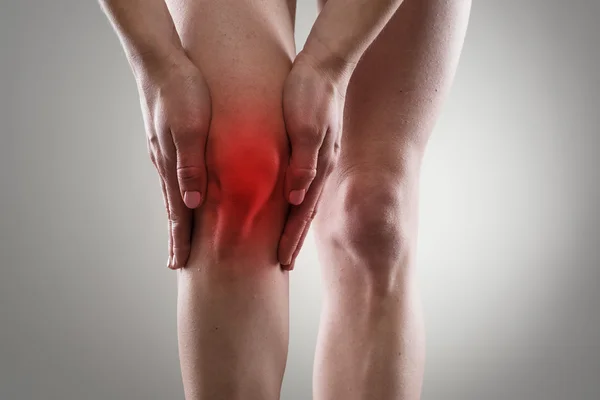Understanding and Managing Knee Pain: A Comprehensive Guide to Relief and Recovery

Knee pain is a common complaint that affects people of all ages and backgrounds, impacting mobility, quality of life, and overall well-being. Whether caused by injury, overuse, arthritis, or other underlying conditions, knee pain can be debilitating and disruptive. In this comprehensive guide, we explore the various causes of knee pain, diagnostic approaches, treatment options, and strategies for managing and preventing knee pain to help individuals regain comfort, mobility, and an active lifestyle.
The knee joint is one of the largest and most complex joints in the human body, comprising the femur (thigh bone), tibia (shin bone), and patella (kneecap), as well as various ligaments, tendons, and cartilage structures. Its intricate anatomy allows for movement in multiple planes, including flexion, extension, and rotation. The knee joint also bears a significant amount of weight and stress during activities such as walking, running, and jumping, making it susceptible to injury and degenerative changes over time.
Common Causes of Knee Pain: Knee pain can arise from a wide range of factors, including acute injuries, chronic overuse, degenerative conditions, and inflammatory disorders. Common causes of knee pain include ligament sprains and tears, meniscal tears, tendonitis, bursitis, osteoarthritis, rheumatoid arthritis, patellar malalignment, and patellofemoral pain syndrome (runner&8217;s knee). Additionally, traumatic injuries such as fractures, dislocations, and ligamentous tears can result in severe knee pain and functional impairment.
Diagnostic Evaluation: Accurate diagnosis of the underlying cause of knee pain is essential for developing an effective treatment plan. Diagnostic evaluation typically begins with a thorough medical history assessment, followed by a physical examination to assess range of motion, stability, and strength. Imaging studies such as X-rays, MRI scans, and CT scans may be ordered to visualize the internal structures of the knee joint and identify any abnormalities or damage. In some cases, diagnostic procedures such as arthroscopy may be necessary to directly visualize and assess the condition of the knee joint.
Treatment Options for Knee Pain: Treatment for knee pain depends on the underlying cause, severity of symptoms, and individual patient factors. Conservative treatment options may include rest, ice, compression, elevation (RICE protocol), nonsteroidal anti-inflammatory drugs (NSAIDs), physical therapy, and bracing. Corticosteroid injections may be used to reduce inflammation and alleviate pain in cases of acute exacerbations or inflammatory conditions. For chronic or severe cases of knee pain that do not respond to conservative measures, surgical interventions such as arthroscopic surgery, knee replacement surgery, or ligament reconstruction may be considered.
Physical Therapy and Rehabilitation: Physical therapy plays a crucial role in the management of knee pain by addressing underlying biomechanical issues, improving strength and flexibility, and promoting optimal movement patterns. A customized physical therapy program may include exercises to strengthen the muscles surrounding the knee joint, improve balance and proprioception, and enhance functional mobility. Modalities such as ultrasound, electrical stimulation, and manual therapy techniques may also be incorporated to reduce pain and inflammation and facilitate tissue healing.
Prevention and Lifestyle Modifications: Preventing knee pain requires a multifaceted approach that addresses modifiable risk factors, promotes musculoskeletal health, and encourages an active lifestyle. Strategies for preventing knee pain include maintaining a healthy weight to reduce stress on the knee joint, wearing supportive footwear, warming up before physical activity, using proper techniques during sports and exercise, and avoiding high-impact activities that place excessive strain on the knees. Engaging in regular low-impact exercises such as swimming, cycling, and walking can help improve joint mobility, strengthen supporting muscles, and reduce the risk of injury.
Conclusion: In conclusion, knee pain is a common and often debilitating condition that can significantly impact an individual&8217;s quality of life and functional independence. By understanding the underlying causes of knee pain, seeking prompt diagnosis and appropriate treatment, and adopting preventive measures and lifestyle modifications, individuals can effectively manage their symptoms, alleviate pain, and improve overall knee health. With a comprehensive approach that combines conservative treatments, rehabilitative interventions, and surgical options when necessary, individuals can regain comfort, mobility, and confidence in their knees, enabling them to lead active and fulfilling lives.

Index Home
Thank you, your article surprised me, there is such an excellent point of view. Thank you for sharing, I learned a lot.